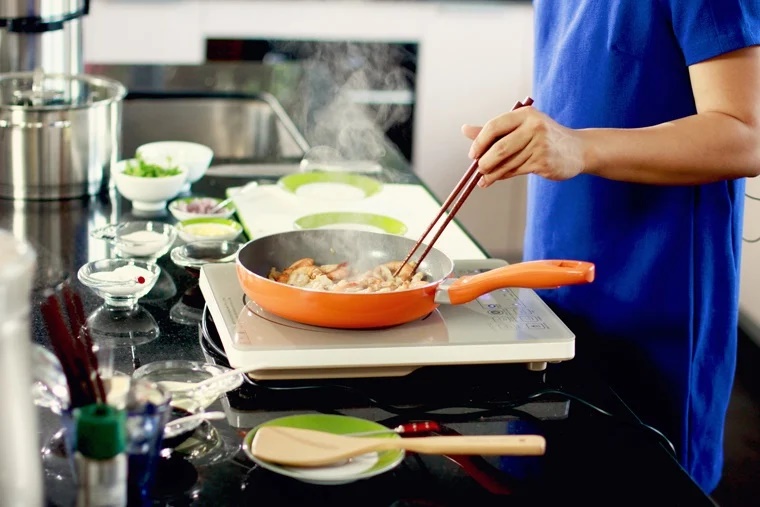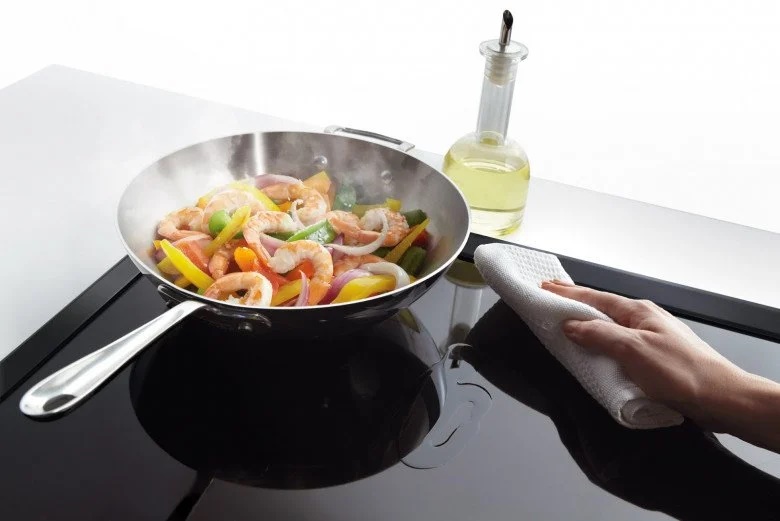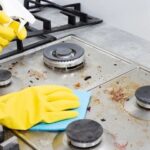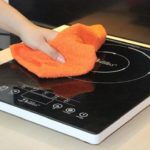1. High-Temperature Cooking
Using an electric stove at high temperatures will indeed cook food faster. However, it also consumes more electricity. Cooking at these high settings can lead to excessive electricity usage and may even cause electrical spikes, reducing the lifespan of your stove and cookware.
It is advisable to give your stove a break after cooking at high heat. Turn it off for a while before proceeding to the next dish. For stews and braises, consider lowering the heat to reduce the strain on your stove.

2. Preheating at High Temperatures
Many people tend to turn on the stove, increase the temperature, and then place the pot on it. However, this habit can be detrimental to your cookware. It is more efficient to place the pot in position first and then adjust the temperature. This simple change will result in faster cooking times and reduced electricity consumption.
3. Neglecting Regular Stove Cleaning
After each cooking session, it is common for the stove to be covered in grease and oil splatters. If left uncleaned, the stove surface can crack or become damaged when exposed to high temperatures. Additionally, stubborn stains can reduce the stove’s heat conduction, resulting in longer cooking times and increased electricity usage.
Therefore, it is essential to wipe down the stove with a clean cloth immediately after any spillage. A clean cooking area also contributes to a more relaxing and hygienic cooking experience, ensuring food safety.

4. Immediately Unplugging After Cooking
Some people have the habit of unplugging the stove right after cooking, but this prevents the stove’s cooling fan from functioning properly, hindering the stove’s ability to cool down. Over time, this can reduce the lifespan of your stove.
5. Leaving Rice Cookers and Electric Kettles Plugged In
It is common for people to leave their rice cookers and electric kettles plugged in even when not in use. However, this practice increases electricity consumption and results in higher utility bills. Remember to unplug these appliances when not in use.
Additionally, consider using a pressure cooker or a thermal cooker for stews and braises to save electricity. You can also turn off the stove a few minutes before your food is fully cooked, as the residual heat will continue to cook your food even after the power is cut.
According to Cars and Sports


































